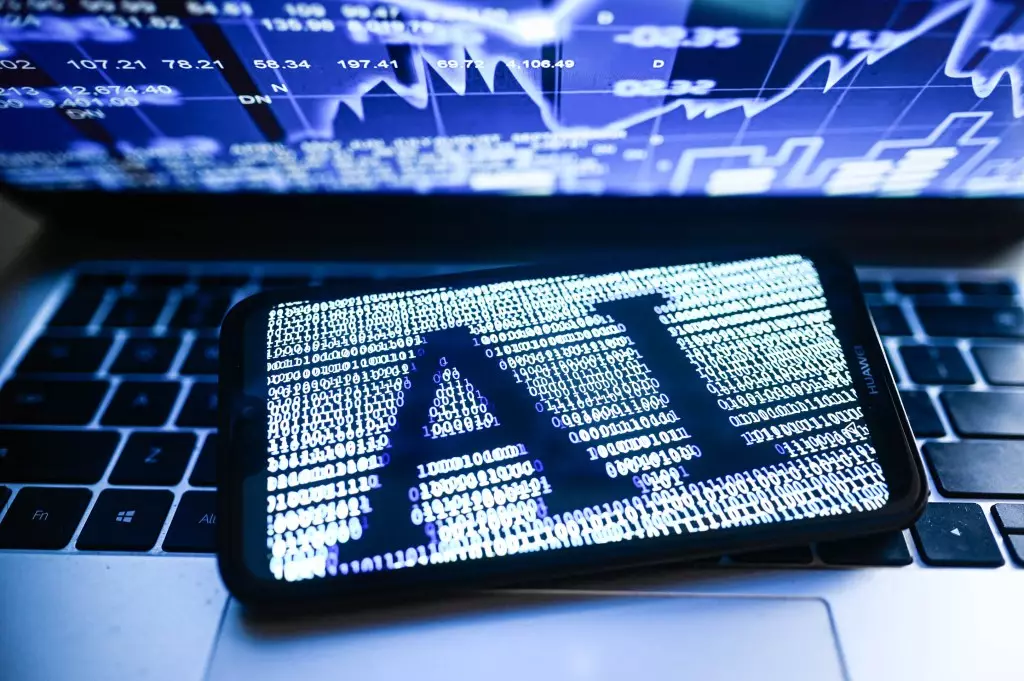As artificial intelligence becomes more integrated into various sectors, especially in creative industries, a profound tension has emerged between the innovators of this technology and the custodians of intellectual property. The Motion Picture Association (MPA) recently voiced this concern in a detailed document submitted to the White House’s Office of Science and Technology, arguing that AI technologies must coexist with a copyright framework that protects creators’ rights. This assertion isn’t just a bureaucratic formality; it’s a clarion call for a balanced coexistence that recognizes both the transformative potential of AI and the inherent value of original creative works.
The response from the MPA comes amidst increased anxiety within Hollywood regarding the implications of AI on traditional creative processes. The looming shadow of AI giants like OpenAI and Google exacerbates the tension, as their aggressive push for fewer restrictions threatens to undermine existing copyright protections. This isn’t merely a case of corporate maneuvering; it represents a philosophical struggle over the very foundation of creative expression and fair compensation. The players on both sides recognize that the stakes are high, not only for the industry but for the cultural fabric of society itself.
The Conflict of Interests
In an era where creators feel increasingly marginalized, the MPA’s message strikes the right chord by emphasizing that copyright isn’t just about protecting profits but about safeguarding the very essence of creativity. The organization makes a valid point that while AI has the capacity to enhance human creativity, it cannot flourish in a void where original works are unprotected. This is a central tenet of American creative success; without a solid copyright system, the very motivations for artistic expression begin to erode.
However, one cannot ignore the discomfort many feel regarding what appears to be a last-ditch defense of an old order. Are the major studios, whose interests the MPA predominantly represents, genuinely committed to a fairer digital landscape, or are they merely staging a performance to stall the inevitable evolution of the industry? Their restrained stance on pushing for harsher AI regulations appears more conciliatory than combative. Critics argue that such moderation serves a dual purpose: it protects the traditional economic structures while simultaneously allowing for the integration of AI, albeit without addressing the potential for exploitation of vulnerable creators.
The Double-Edged Sword of Innovation
Innovation invariably comes with its fair share of disruption. The MPA’s claim that strong copyright protections contribute significantly to the U.S. economy is persuasive, highlighting that the creative industries not only generate significant GDP but are also critical in ensuring a positive trade balance abroad. It’s a compelling economic proposition—but one must question whether such statistics justify stifling innovation. If our legal structures remain rigid in the face of rapid technological advancements, aren’t we, in fact, risking the stagnation of creativity that they claim to protect?
Furthermore, the shared sentiment among the MPA and industry leaders speaks to a larger issue that transcends Hollywood—a fundamental question of how we define and reward creativity in a world increasingly dominated by algorithms. If access to the vast reservoir of creative works remains contingent upon negotiating intellectual property rights, we must ponder whether AI can truly nurture diversity in creative expression or if it simply replicates existing paradigms.
The Role of Community and Solidarity
The MPA’s cautious approach stands in stark contrast to the more aggressive responses articulated by factions within Hollywood, where guilds and individual creators have begun mobilizing against perceived threats to their livelihoods. This divergence highlights a systemic divide; the MPA is advocating for dialogue and compromise, while many in the trenches perceive a looming existential threat that demands definitive action.
The multitude of lawsuits initiated by creators against AI companies for the unauthorized utilization of copyrighted material indicates a growing conviction that survival in this digital age requires solidarity among artists. If creators stand divided, they risk losing their voice in a discussion that fundamentally affects their work. The open letter signed by A-list personalities underscores a departure from complacency in the face of massive corporate interests that seek to operate under an exemption that could jeopardize the livelihood of countless artists.
The Need for a Balanced Approach
In facing the challenges posed by the rise of AI, an essential objective should be cultivating an environment that allows for creativity to flourish while reinforcing protections for original works. As the MPA aptly noted, the interplay between copyright law and AI development must not be antagonistic but rather cooperative—where both can thrive through mutual respect and understanding.
The American ethos has always celebrated creativity as a driver of progress. The challenge ahead lies in finding a path that not only preserves the sanctity of individual work but also embraces the limitless potential of AI as a tool for enhancement rather than appropriation. Without an intelligent synthesis of both, we risk not only the arts but the core of what it means to innovate and create.


Leave a Reply